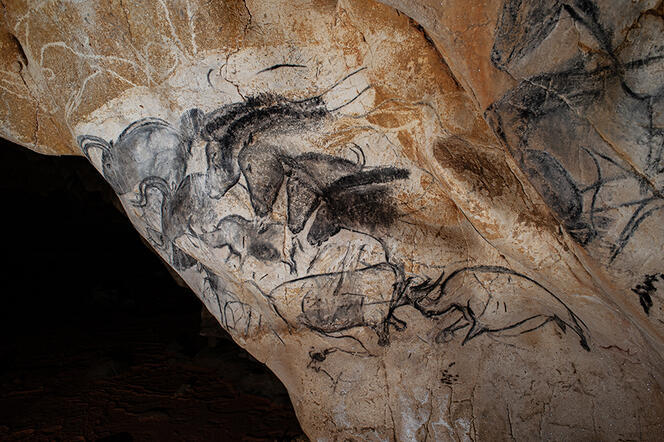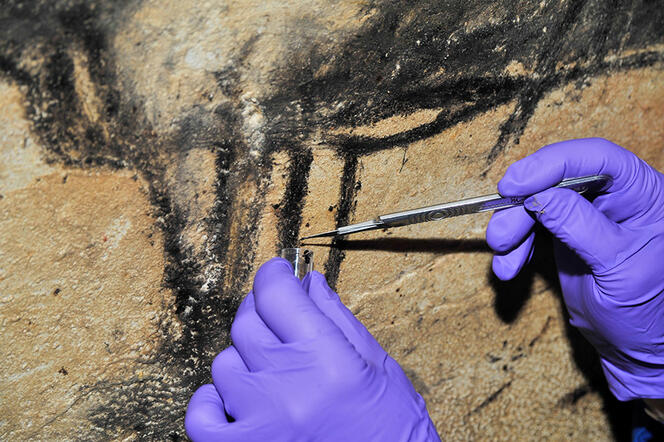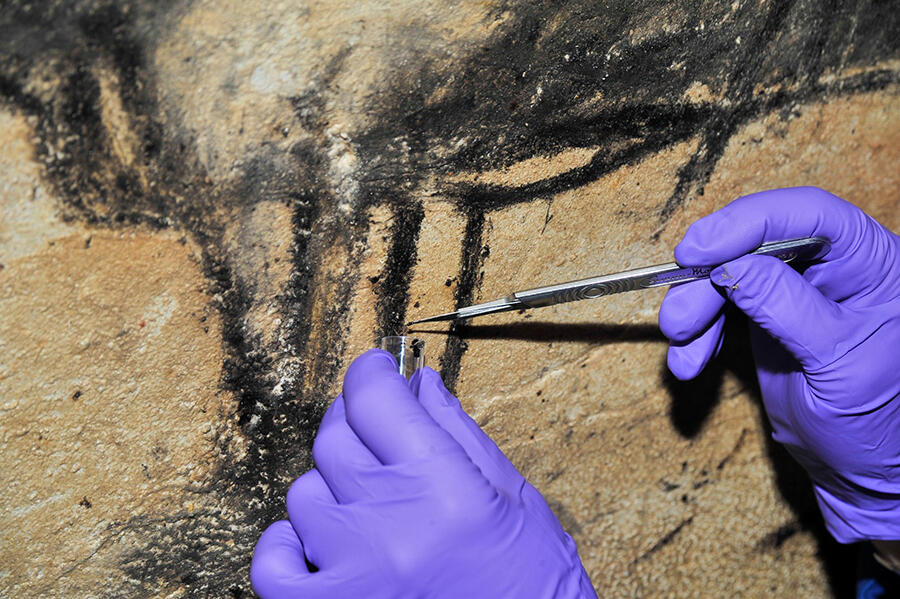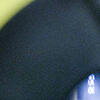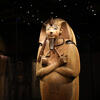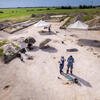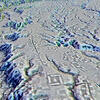You are here
When science enters the Chauvet Cave

Thirty years after its discovery in the gorges of the Ardèche, and 25 years after the beginning of excavations, how has the Chauvet Cave impacted our knowledge of Palaeolithic societies?
Carole Fritz1. Chauvet marked a revolution on multiple levels. First, it proved that we had a flawed view of Palaeolithic art. Until then, the dominant paradigm was the “infancy of art,” established in 1965 by the prehistorian André Leroi-Gourhan. This model envisioned a linear historical evolution, setting out from rudimentary lines and ultimately arriving at highly realistic drawing. However, Chauvet came as a shock to the scientific community, as the cave includes highly realistic drawings that date back very far, up to 36,000 years BCE. The model on which we based our reasoning was no longer sound.

We now consider Palaeolithic art as a form of narrative expression, and the Chauvet Cave greatly contributed to this interpretation. We know nothing about the languages or their speakers, and we will never have an answer, but we know that like an easel painting, Palaeolithic artists mentally constructed the elements before drawing on the wall. This graphic expression is not a simple accumulation of images on top of one another; what we have before us are compositions that illustrate mythological stories. Today we must risk offering interpretations, something that was previously forbidden in the discipline, especially since Leroi-Gourhan. In other words, I do not know if what I am recounting is true, and I will never know, but at least let us venture to say something about it, for science involves daring, and daring involves being wrong.
Finally, Chauvet includes some of the oldest images known to humanity, a precocity that shows the fundamental role played by images in our thinking. The images convey great cognitive maturity, as well as a societal need to express myths, which organise societies by recounting where we came from, where we are going, and where we do not want to go.
The scientific team, which among others includes archaeologists, palaeontologists, artists, chemists, and geomorphologists, has been interdisciplinary from the beginning. Why?
C.F. For me, interdisciplinarity is essential. It does not simply involve bringing various disciplines in relation with one another, but rather breaking down the barriers between them. This is the approach I have sought to promote since becoming the scientific director of the Chauvet Cave in 2018. The archaeology of Prehistory—a kind of scientific detective work—looks for the smallest of clues. To interpret them, it often calls on expertise from other fields such as physics and materials chemistry, geology to understand the formation of the cave, and many others. I myself am an archaeologist specialising in Prehistory, under the supervisory authority of the Laboratory of Molecular and Structural Archaeology (LAMS), the only chemistry research unit dedicated to the study of art history. Interdisciplinarity is central to my research, and my integration within this laboratory is a significant illustration of this, given that I essentially come from the humanities.
Understanding prehistoric societies entails moving beyond our disciplines. We do not define a society exclusively via material culture, but also through its language, symbolism, territories, and social structures, among others, so many concepts that remain inaccessible to archaeologists like myself. It is therefore necessary to look for solutions in other disciplines with a view to adapting our explorations on the ground, and to redirecting these concepts to the benefit of our specific issues.
How do you conduct science in such an environment, when you can only enter the cave four weeks per year?
C. F. Only twelve people can enter the cave at a time, and only at certain periods of the year, not so much to preserve the rock paintings than to protect the scientists. The cave contains naturally high levels of CO2, which is dangerous for humans, and this is heightened by global warming. Until now we could conduct two campaigns per year, but we eliminated the October campaigns due to the accumulation of CO2 during the second half of the year resulting from global warming.
When we encounter an obstacle, we develop alternatives. Since 2018, the scientific team has developed a photogrammetry 3D model of the cave, from ground to ceiling. This allows us to externalise the cave and conduct campaigns throughout the year. However, this model will not replace the cave, as it will still be necessary to verify observations on site.



These conservation-related constraints ultimately have not prevented the development of new tools. For example, thanks to Lams and the start-up Lumetis, which have developed a portable imaging technology, we are pursuing analysis of the walls and floor by using UV and infrared fluorescence. Similarly, in collaboration with the Computer Science Research Institute of Toulouse, we are perfecting techniques for capturing 3D images in these constraining environments. More than 38,000 years after the arrival of the first homo sapiens inside the Chauvet Cave, it is still serves as a laboratory for developing methodology.
Visit
The “Chauvet Cave, the Scientific Adventure” exhibition, from 15 October 2024 to 11 May 2025 at the Cité des sciences et de l'industrie, Paris.
- 1. A CNRS Senior Researcher at the Laboratory of Molecular and Structural Archaeology (unité CNRS/Sorbonne Université), and the Scientific Director of the Chauvet Cave, Carole Fritz is currently managing the Émile-Cartailhac Prehistoric Art Research and Study Centre (CREAP), located at the Maison des sciences de l’Homme in Toulouse.



